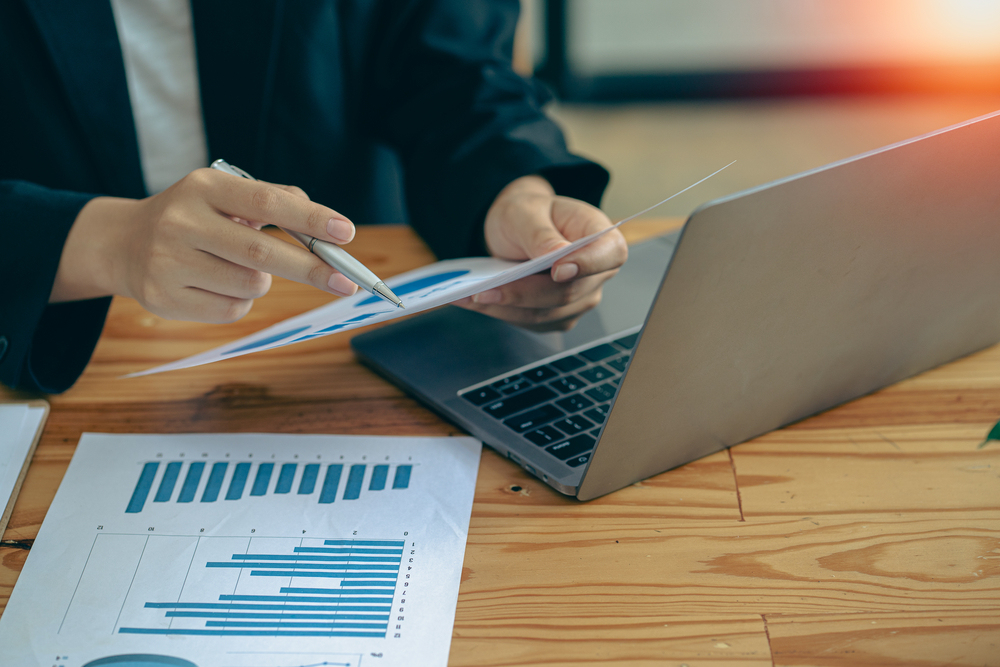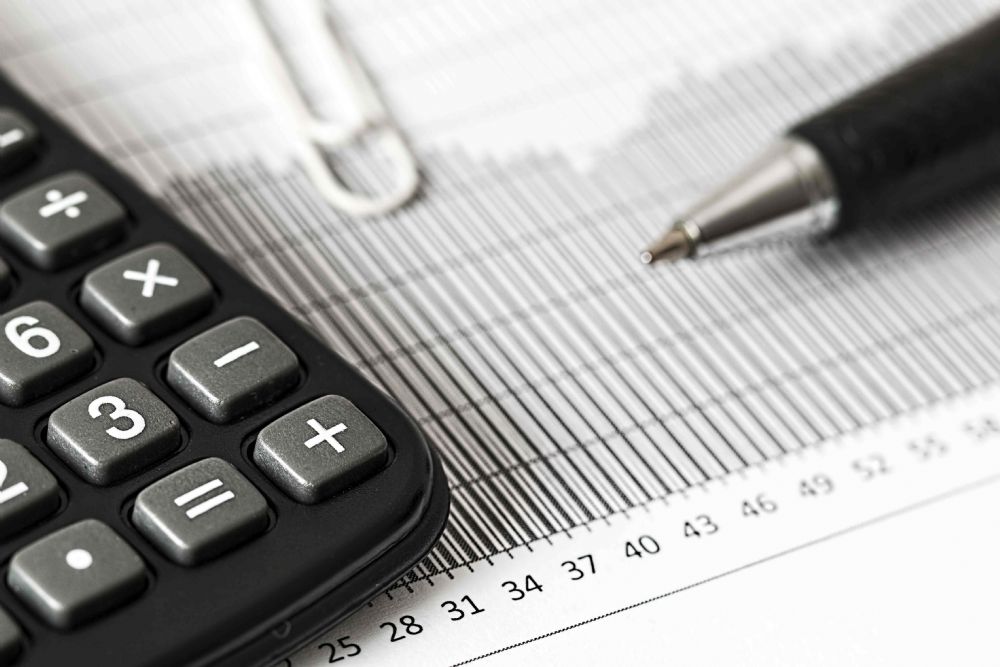Use the online service if you're a sole trader or landlord to sign up for Making Tax Digital for Income Tax and find out what to do next.
From 6 April 2026, all sole traders and landlords will be affected by MTDSA. Some will be affected straight away, others will fall into the new regime over the following two years.
From that date the sole traders and landlords initially affected will be required to submit to HMRC a quarterly tax return within 30 days of the end of the quarter. Sole traders and landlords will still be required to submit an annual tax return under Self-Assessment as they currently do.
News & Resources



F.A.Q.
What is MTD?
MTD is the biggest change in the tax system for 30 years.
It will require certain groups of taxpayers to make quarterly filings of particular types of income and expenses.
And in addition, those taxpayers will still need to file an annual tax return to cover items that are not included in the quarterly return, like pension contributions, interest and dividends.
The quarterly filings will have to be made through accounting software.
Under MTD for Income Tax, you’ll need to keep digital records of your business/property income and expenses. This done not mean that you have to scan every receipt or invoice.
Why is HMRC introducing MTD?
HMRC have two reasons for the new system:
- HMRC believe that keeping digital records will reduce errors
- HMRC will use the MTD system to advise taxpayers of their likely tax bills
Who is affected by MTD?
If you run one or more sole trader businesses, or are a landlord, or both then you fall within MTD for tax year 2026/27 onwards, but it comes in in phases.
If you’re registered for Self-Assessment, and your 2023/24 Self-Assessment tax return reported gross income from both these sources combined above £50,000 then you fall into MTD for 2026-27.
To most normal people, income is your net profit. But to HMRC it is your turnover.
The income threshold drops to £30,000 in tax year 2027-28 and to £20,000 for tax year 2028-29.
Will I still need to do a tax return?
By 31 January each year, you’ll be required to digitally sign and submit a tax return for the tax year that ended the previous 5th April. This is also known as a digital tax return and covers all your income from any of your sole trader or landlord income for the year as well as any other income such as dividends and interest and salary. It also will include your capital allowances claims and other reliefs such as pension contributions. It’s very similar to the existing Self Assessment tax return and again must be submitted via MTD-compatible software.
Some of this information will be drawn from HMRC’s systems, if it’s available.
What is MTD-compatible software?
Because of the requirements to submit information digitally to HMRC in a specific language and format, you (or your accountant) will need to use software approved by HMRC as being MTD-compatible.
Once your income and expenditure data are in the MTD software, you must ensure any other software you use – to calculate adjustments, as an example – is digitally linked to the ledger software.
Is the Excel spreadsheet I currently have MTD-compatible software?
No it isn’t. You will need to either move to an accounting package or obtain specialist bridging software to translate your Excel spreadsheet into the HMRC online system.
When do I have to sign up for MTD?
You won’t automatically be signed up for MTD.
You will need to sign up for MTD for Income Tax ahead of April 2026. Failure to sign up in time runs the risk of attracting penalties from HMRC. As April 2026 approaches, signing up can be done by following HMRC’s instructions.
You will need to configure your accounting software, too, so it knows you’re using MTD for Income Tax. Consult your software provider or your accountant for support if you’re unsure how to do this.
As you can see, there is a lot of set up work to do, so do not leave it too late!
I got a letter from HMRC about MTD and talked about signing up early. What does this mean?
From April 2025, HMRC began a large-scale public test of the MTD for Income Tax system for the 2025/2026 tax year. You can sign-up here and thereby start following MTD for Income Tax’s requirements before it becomes a legal requirement.
Joining the public testing is optional but encouraged by HMRC. They say that doing so is a good idea because you can practice MTD for Income Tax and adapt your processes ahead of time. You should be at less risk of making a mistake when MTD for Income Tax begins and attracting a penalty.
It’ll be easier to access support from HMRC and your software vendor ahead of the rush in April 2026, too.
You’ll need software that’s compatible with MTD for Income Tax.
If you do sign up early to MTD for Income Tax, you will still need to submit a Self-Assessment tax return for the 2024/2025 tax year on or before 31 January 2026.
My income for 2026-27 will probably be below £50,000. Do I still need to sign up for MTD for Income Tax?
Yes, if HMRC has identified you as meeting the income threshold for MTD for Income Tax based on your Self-Assessment tax return, you will be required to join MTD from April 2026, even if your income drops below £50,000 in the following year.
You can only drop out of MTD if your qualifying gross income remains below £50,000 for three consecutive years. Then you can contact HMRC go back to the Self Assessment tax return system.
But MTD for Income Tax qualifying gross income threshold falls to £30,000 from April 2027, and then £20,000 from April 2028. So, unless your income drops below these levels, it’s likely you’ll still be required to follow the MTD for Income Tax rules despite earning below £50,000.
Can't find your answer?
Our Specialist Team

